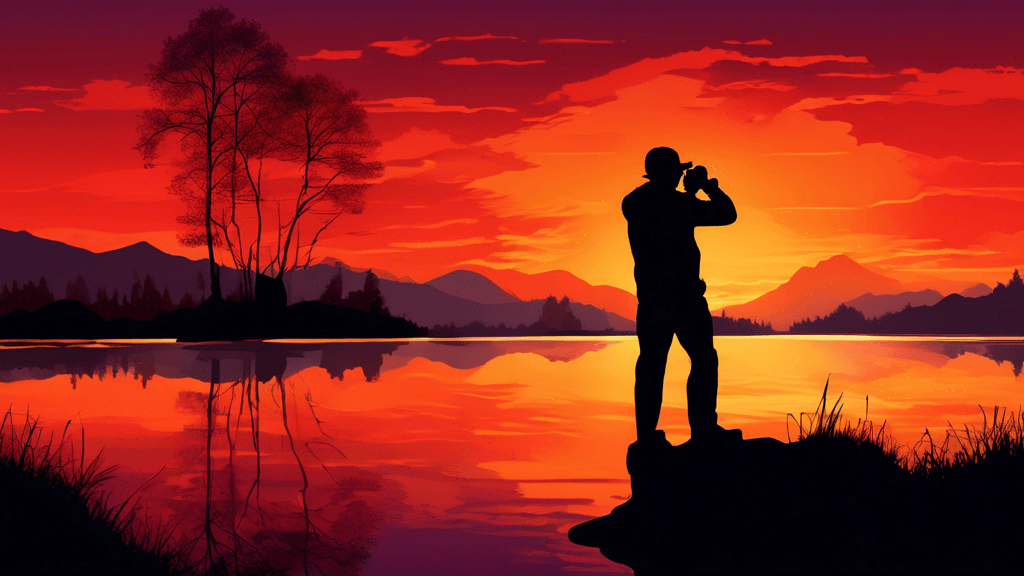
Capturing the Glow: Techniques for Mastering Backlit Landscape Photography
Share
Understanding Backlit Landscape Photography
Backlit landscape photography is a captivating genre that showcases the natural world in a dramatic and ethereal light. But what exactly is backlit photography, and why does it hold such appeal? Essentially, backlit photography involves taking pictures with the light source directly in front or nearly in front of the camera, illuminating the scene from behind. This technique creates a glowing effect on the edges of subjects and enhances the atmosphere of the image through lens flares and heightened contrasts.
Who would benefit from mastering backlit landscape photography? Whether you're a budding photographer eager to explore different lighting techniques, a professional looking to enhance your portfolio, or an art lover appreciative of stunning natural scenes, understanding how to effectively capture backlit landscapes can transform your approach to photography.
Key Techniques for Capturing the Perfect Backlit Landscape
1. Timing Your Shots
The time of day plays a crucial role in backlit photography. The golden hours—shortly after sunrise or just before sunset—provide the most favorable and striking natural backlights. The low position of the sun results in a softer intensity and warmer hues, casting breathtaking illumination and long shadows across the landscape.
2. Choosing the Right Equipment
Successful backlit photography begins with the right tools. Here are some indispensable pieces of equipment:
- A high-quality camera: DSLR or mirrorless cameras typically offer extensive manual controls which are vital for backlit conditions.
- Lenses: Wide-angle lenses are ideal for capturing expansive landscapes, while a lens hood can help minimize lens flare.
- Filters: Using a polarizing filter can help manage reflections and enhance the sky's color, adding depth to your photographs.
3. Mastering Metering and Exposure
Backlighting can trick the camera’s standard metering settings, leading to underexposed foregrounds or washed-out skies. Spot metering mode is typically more effective as it allows you to meter the brightest part of the scene and adjust exposure accordingly. Consider bracketing exposures which can later be blended in post-processing for a balanced result.
4. Composition and Framing
Composition in backlit photography can hugely impact the evocativeness of your shot. Using elements like trees, hills, or buildings to block some direct light can create interesting silhouettes and patterns. Additionally, incorporating leading lines and the rule of thirds will guide viewers through the photograph and add to its compositional strength.
Enhancing the Artistic Quality
Understanding the technical aspects of backlit landscape photography is crucial, but the true essence lies in its ability to evoke emotion and convey stories. Renowned landscape photographer Ansel Adams once noted, You don’t take a photograph, you make it. This statement highlights the proactive nature of creating artistic shots that resonate.
Post-Processing Techniques
Post-processing plays a significant role in refining the final outputs of your backlit photos. Adjusting the highlights and shadows can bring out details lost in the backlighting while enhancing color saturation can make the image more vibrant. However, the key is subtlety; strive for enhancements that amplify rather than overpower the natural beauty of the scene.
Passionate Pursuits and Conservation
In the world of photography, art merges with environmental advocacy. Each photograph of the natural world not only captures beauty but also underscores the importance of preserving these landscapes. Through mastering techniques like backlit photography, photographers have the power to highlight the majestic and fragile nature of environments that are threatened by human activity. It’s not just about the photographs we create, but the awareness and respect we foster towards nature.
Conclusion
Mastering backlit landscape photography is not just about capturing images; it's a journey to appreciating the interplay between light, landscape, and the lens. It demands patience, practice, and passion. Are you ready to pick up your camera and embrace the challenge? Capture that glowing horizon, share your vision, and perhaps, inspire change with your artistry.
Will you step into the light?





